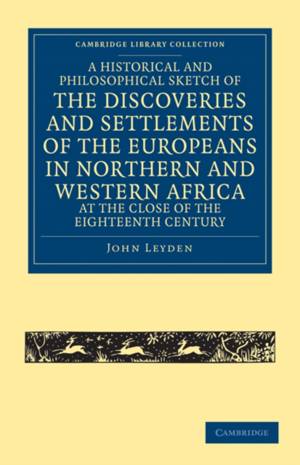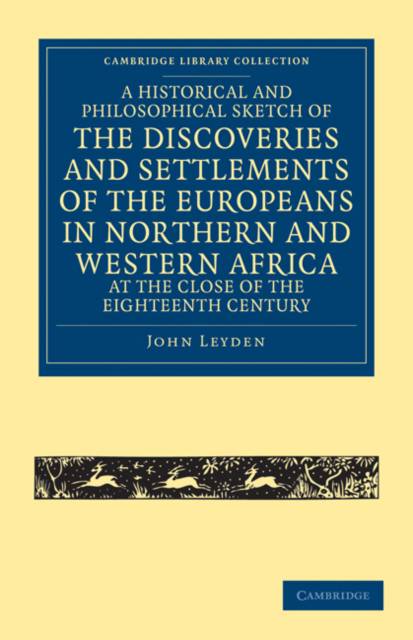
- Afhalen na 1 uur in een winkel met voorraad
- Gratis thuislevering in België vanaf € 30
- Ruim aanbod met 7 miljoen producten
- Afhalen na 1 uur in een winkel met voorraad
- Gratis thuislevering in België vanaf € 30
- Ruim aanbod met 7 miljoen producten
Zoeken
A Historical and Philosophical Sketch of the Discoveries and Settlements of the Europeans in Northern and Western Africa, at the Close of the Eighte
John Leyden
€ 86,95
+ 173 punten
Omschrijving
Although he had never set foot in Africa, Scottish poet and linguist John Leyden (1775-1811) decided to publish in 1799 this compilation on 'discoveries and settlements' there, drawing from the published works of explorers. His aim was 'to exhibit the progress of discoveries at this period in North and West Africa', giving descriptions of places such as Guinea, the Gold Coast, and Sierra Leone, as well as accounts of their people. He begins the work by discussing a meeting of the African Association on 9 June 1788, where a map depicted the interior of the continent as 'an extended blank'. Leyden attempts to provide information on those unknown areas by using the travel accounts of writers - including the Scots explorer Mungo Park - who had ventured into the African interior, to put together a narrative which makes this work a valuable collection of eighteenth-century accounts by European explorers in Africa.
Specificaties
Betrokkenen
- Auteur(s):
- Uitgeverij:
Inhoud
- Aantal bladzijden:
- 434
- Taal:
- Engels
- Reeks:
Eigenschappen
- Productcode (EAN):
- 9781108032483
- Verschijningsdatum:
- 22/09/2011
- Uitvoering:
- Paperback
- Formaat:
- Trade paperback (VS)
- Afmetingen:
- 140 mm x 216 mm
- Gewicht:
- 548 g

Alleen bij Standaard Boekhandel
+ 173 punten op je klantenkaart van Standaard Boekhandel
Beoordelingen
We publiceren alleen reviews die voldoen aan de voorwaarden voor reviews. Bekijk onze voorwaarden voor reviews.











